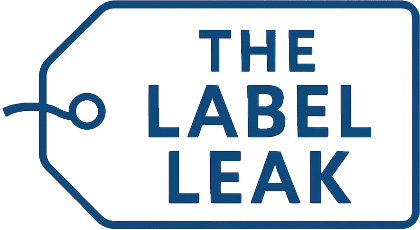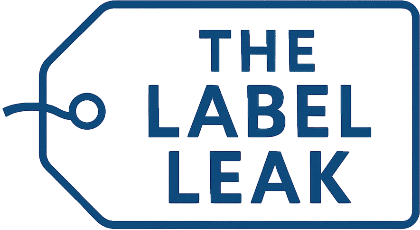Securities class action lawsuits have long served as a critical mechanism for investor accountability, but their strategic value extends beyond legal redress. For investors who purchased Vestis Corporation (VSTS) shares between May 2024 and May 2025, the ongoing Torres v. Vestis Corporation lawsuit represents a unique opportunity to recover losses without upfront financial risk. As the August 8, 2025 deadline for lead plaintiff selection approaches, understanding the interplay of legal, financial, and historical trends is essential for making informed decisions.
The Vestis Case: A Lesson in Market Volatility and Misrepresentation
Vestis’s collapse into a securities class action lawsuit underscores the fragility of investor trust. The company’s abrupt withdrawal of 2025 revenue guidance in May 2025—coupled with a 37% stock price drop—revealed a stark disconnect between its public optimism and operational realities. The lawsuit alleges that Vestis and its executives misled investors by downplaying macroeconomic risks and overstating growth prospects, creating a false narrative that attracted capital only to collapse under scrutiny.
For investors, this case highlights the dangers of relying on unverified corporate assurances. While the company attributes its struggles to external factors like “lost business” and “uncertain macro environments,” the legal claims focus on the failure to disclose material risks—a recurring theme in securities fraud litigation.
Historical Context: Recovery Rates and Strategic Implications
To assess the potential of the Vestis case, it is instructive to examine historical recovery rates in securities class actions. From 2020 to 2024, the average investor recovery rate has fluctuated significantly:
– 2020–2022: Median settlements rose from $13 million to $13 million, with 2022 marking a 15-year high in total settlement value ($3.8 billion).
– 2023–2024: While the number of settlements remained robust (83 in 2023, 88 in 2024), the median settlement amount declined slightly to $14 million, reflecting tighter legal strategies by defendants.
– SPAC and Non-SPAC Comparisons: SPAC-related cases settled at 21% lower medians than non-SPAC cases in 2024, a nuance worth noting for Vestis, which does not appear to be a SPAC.
The 2025 Q1 settlement of General Electric (GE) for $362.5 million—nearly 22% pro rata payout—demonstrates that large recoveries remain possible when plaintiffs can demonstrate clear causation and price impact. For Vestis, the alleged misstatements directly correlate with the stock’s 37% drop, a strong indicator of price impact.
Why Participate in the Vestis Lawsuit?
- Zero-Cost Participation: Unlike direct litigation, class actions require no upfront costs. Plaintiffs’ attorneys work on contingency, meaning investors only pay if the case succeeds.
- Procedural Momentum: The case is already in the lead plaintiff selection phase, bypassing early procedural hurdles. If the lead plaintiff is appointed by August 8, the case could advance to discovery and class certification within months.
- Historical Precedent: The 2022–2023 surge in settlements, including mega cases like the $1.2 billion 2020 settlement, suggests that courts remain receptive to well-founded claims.
- Risk Mitigation: Even if the case faces a motion to dismiss, the legal process itself can pressure defendants to negotiate. Vestis’s current financial instability may incentivize a quicker resolution.
Strategic Recommendations for Investors
- Act Before August 8: The deadline to file a lead plaintiff motion is non-negotiable. Investors should contact law firms like Robbins Geller or Bronstein, Gewirtz & Grossman to evaluate eligibility and submit motions.
- Focus on Loss Causation: The lawsuit’s strength lies in the clear link between Vestis’s misstatements and the stock’s collapse. Investors should ensure their claims align with this narrative.
- Monitor Macro Trends: The broader economic environment, including interest rates and sector-specific risks, could influence settlement terms. For example, the 2024 shift to “plaintiff-style damages” reduced average recovery rates to 7.3% of claimed losses, but Vestis’s case may still qualify for higher payouts due to its clarity.
Conclusion: Balancing Caution and Opportunity
Securities class actions are not a guaranteed path to recovery, but they represent a structured, risk-free avenue for investors to challenge corporate misconduct. The Vestis case, with its clear timeline of alleged misstatements and measurable market impact, offers a compelling opportunity. By acting swiftly and strategically, investors can leverage the legal system to hold companies accountable while potentially recouping losses. As the August 8 deadline looms, the question is not whether to participate, but how to do so effectively.


